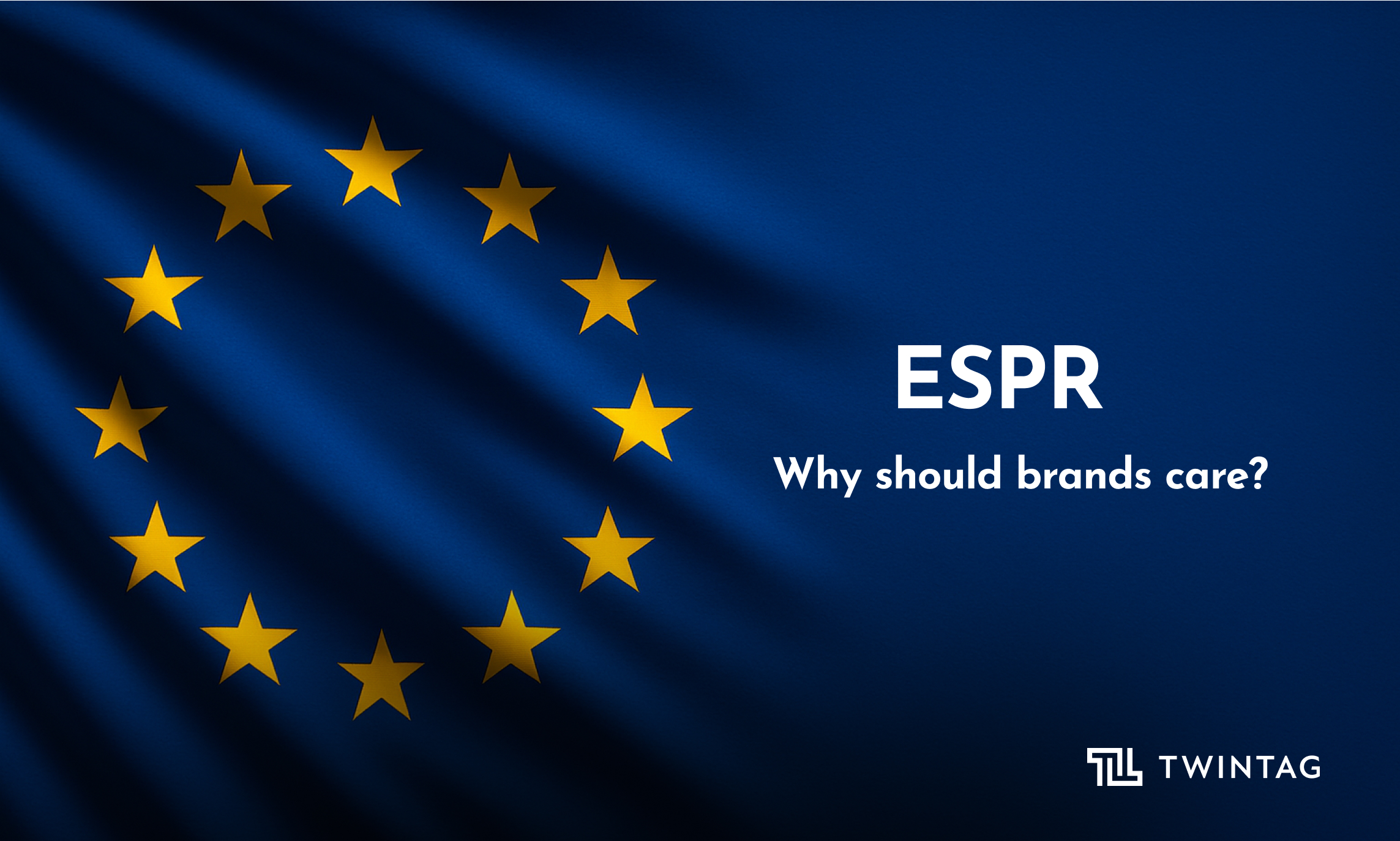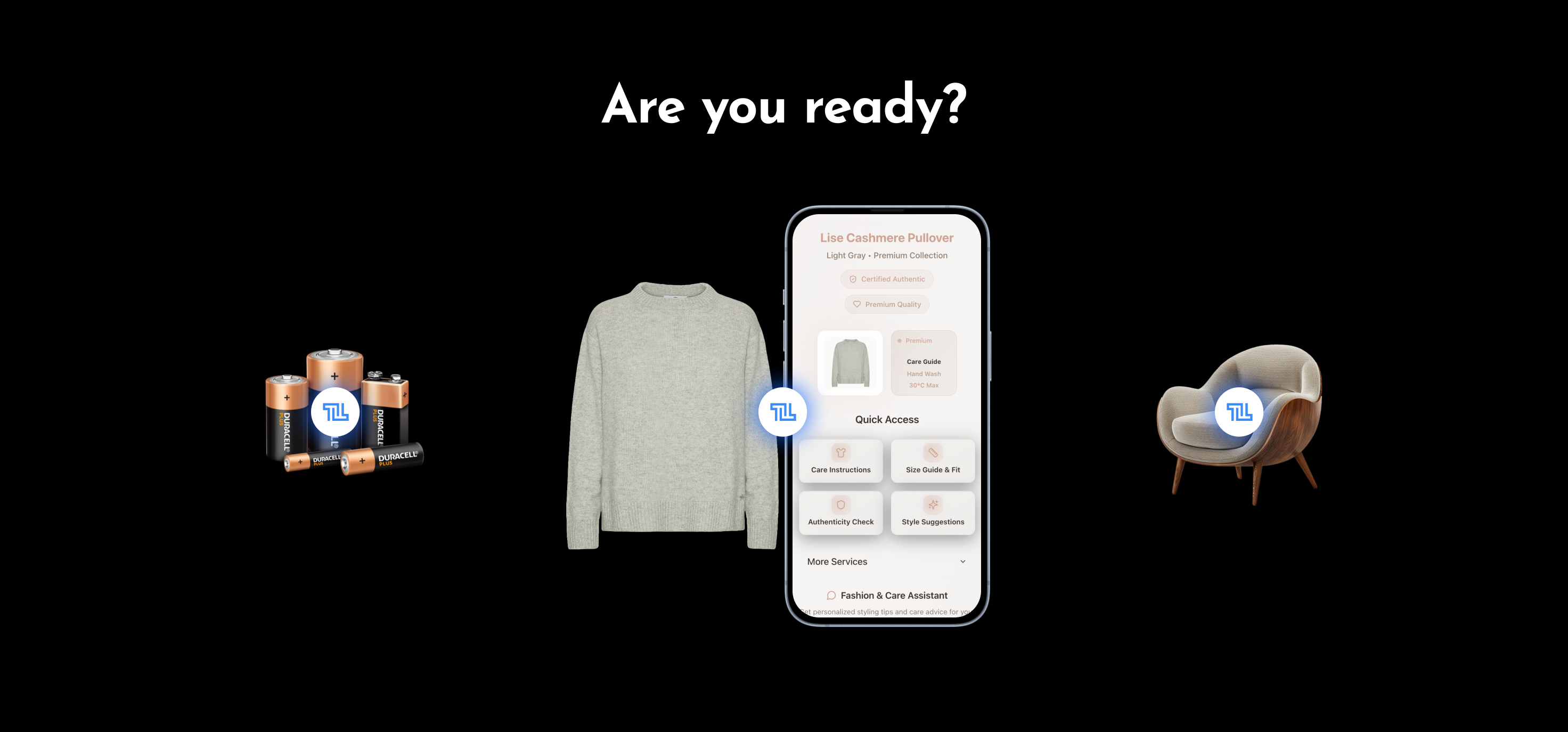Updated Right to Repair Directive: Focus Points and Implementation Tools
The right to repair has become a focal point in discussions about consumer rights and sustainability across Europe.

With the new directive aimed at extending the lifespans of products and reducing waste, understanding these changes is crucial for consumers and businesses alike.
This blog post covers everything we know thus far about the regulation and explores how digital solutions are integral to their successful implementation.
Detailed Overview of the European Right to Repair Directive
The European Union's recent update to the Right to Repair directive marks a significant shift towards more sustainable consumption. More specifically:
- Availability of Repair Services and Spare Parts: Manufacturers must provide affordable repair services and inform consumers about their rights to repair. Goods that are already covered under warranty will have another year of legal guarantee. Even after the legal guarantee period has expired, manufacturers must repair household products i.e. refrigerators, washing machines, vacuum cleaners, smartphones, and the list might be expanded later.
- Access to Repair Manuals: Repair information must be made available to all stakeholders including consumers, not just authorized service providers. Consumers are eligible to get access to a European information form to access and compare repair services and providers. To incentivize customers to repair even further, a European online platform will be set up to help consumers easily find local repair shops, repair cafes, and sellers of refurbished goods
- Design for Disassembly: Products must be designed in a way that allows for easy disassembly with commonly available tools, facilitating repairs and recycling.
- Price Transparency: Consumers must have access to a clear and upfront indication of repair costs, which helps in making informed decisions about repairing versus replacing. To make repairs more affordable, each European member state will have to implement at least one of the following tools: repair vouchers or funds, repair courses, informational campaigns, and/or support for community incentives like repair cafes.
- Extension of the Legal Guarantee: In addition to the standard warranty periods offered by manufacturers, the updated Directive extends a one-year legal guarantee. This extension applies to all goods previously covered under warranty, providing consumers with added security and assurance that their products will remain serviceable for longer. This move is intended to encourage consumers to opt for repairs instead of replacements, fostering a more sustainable approach to consumer electronics.
- Online Platform for Comparing Repair Services: A notable innovation introduced by the Directive is the establishment of a comprehensive online platform. This platform serves as a central hub where consumers can compare repair services and shops, enhancing transparency and accessibility. By facilitating easier access to reliable repair services, the platform aims to empower consumers to make informed decisions based on the quality, cost, and convenience of repairs. This initiative also supports local repair businesses by increasing their visibility and connectivity with potential customers, thereby promoting a thriving repair economy.
These measures are intended to reduce the volume of waste generated annually by discarded electronics and appliances and to cut down on the environmental impact associated with producing new products.
The Role of Digital Tools in Supporting the Right to Repair
Digital drivers such as connected products can play a pivotal role in making these regulations work effectively. By integrating digital tags and online platforms, manufacturers can provide seamless access to repair manuals and tutorials. These tools can also help verify the authenticity of spare parts through serialized digital tracking, ensuring that repairs maintain product warranties and functionality.
Benefits of Digitizing Regulatory Compliance
Integrating digital solutions with the new Right to Repair directive can provide multiple benefits:
- Transparency and Accessibility: Digital platforms can offer an accessible database of repair information and tutorials, which can be easily updated and maintained.
- Consumer Empowerment: With better access to repair resources, consumers can make more informed choices about maintenance and repairs, potentially leading to cost savings and prolonged product life.
- Enhanced Circular Economy: By facilitating easier repairs, digital solutions help keep products in use longer, reducing waste and supporting the EU’s sustainability goals.
Challenges and Considerations
The adoption of digital solutions in the context of the Right to Repair directive is not without its challenges:
- Data Privacy: The integration of digital tools in repair processes raises concerns about the protection of consumer data.
- Technological Resistance: Manufacturers might resist sharing essential repair data, fearing loss of control over intellectual property.
- Digital Divide: There’s a risk that unequal access to digital tools could create disparities in who benefits from the right to repair.
Solutions
- Robust Privacy Protections: Implement strong encryption and clear regulatory guidelines to ensure data security and build consumer trust.
- Regulatory Incentives: Encourage manufacturers to comply with transparency through incentives and enforce compliance through penalties if necessary.
- Accessibility Enhancements: Provide support to upgrade technological capabilities across all demographics, ensuring equitable access to repair information.
- Integration of Digital Twins: Simplify the repair process by using digital twins that consolidate all relevant product information, making it easily accessible via connected product tags like NFC or QR codes. This ensures that comprehensive product data, from repair manuals to part specifications, is available at a scan.
Twintag serves as a prime example of how digital tagging technology can enhance the right to repair. It links physical products with digital twins, providing centralized access to detailed product information and interactive processes, which supports effective and sustainable repairs.
By addressing these challenges with innovative digital solutions, the Right to Repair legislation can achieve its intended goals of consumer empowerment and environmental sustainability more effectively.
Conclusion
The revised European Right to Repair regulation represents a significant advancement in how we think about and manage consumer products. In this evolving landscape, digital solutions like smart tags or online repair databases are going to be crucial in providing the practical tools needed to turn theoretical directives into actionable benefits.
As we move forward, the focus should be on leveraging technology to ensure these regulations achieve their intended goals of sustainability, transparency, and consumer empowerment. A successful shift towards a more circular economy and extended product lifecycles will involve collaborative efforts across various industries, from technology developers to manufacturers, and require robust support from regulatory bodies to ensure compliance and encourage innovation.


-min.png)



